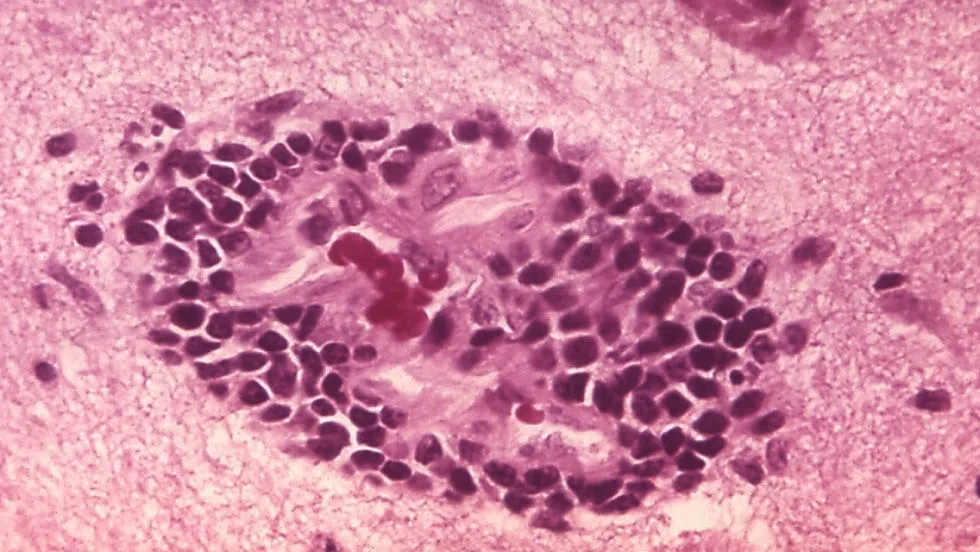
No increase in provincial rabies seen in Prairie North Region
Rabies cases have doubled in Saskatchewan this year and warnings have been issued about humans and animals contracting the virus.
Medical Health Officer for the Prairie North Health Region Dr. Mandiangu Nsungu said luckily the region hasn’t had to deal with a human case of rabies.
“We have been successful in preventing those cases. Fortunately we have not had a case of rabies in humans,” Nsungu said.
The Ministry of Agriculture is reminding residents rabies is present in the province after several cases were recently detected. There have been 18 confirmed cases from January 1 to July 13 of this year, compared to nine in the same period in 2015 and seven in 2014. None of the 2016 cases have come from the Prairie North Health Region. In a release, the ministry says the best defence against rabies in animals is vaccination.


